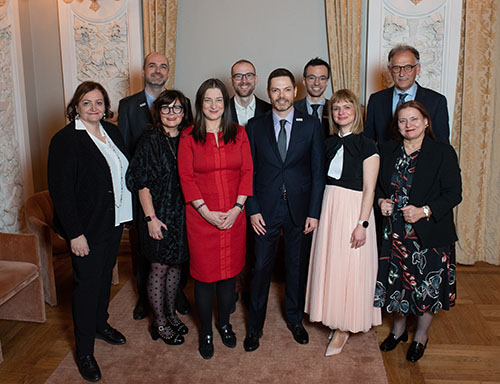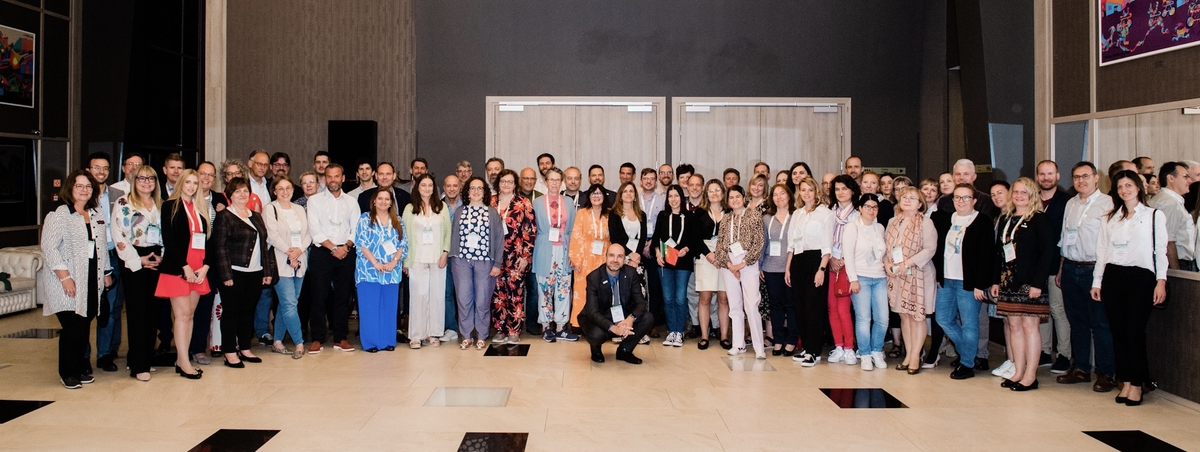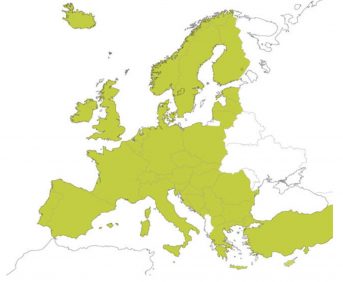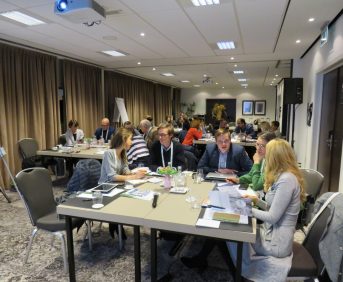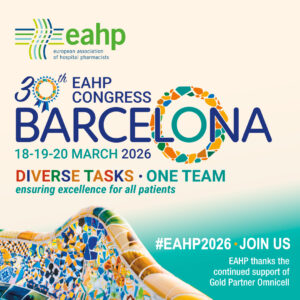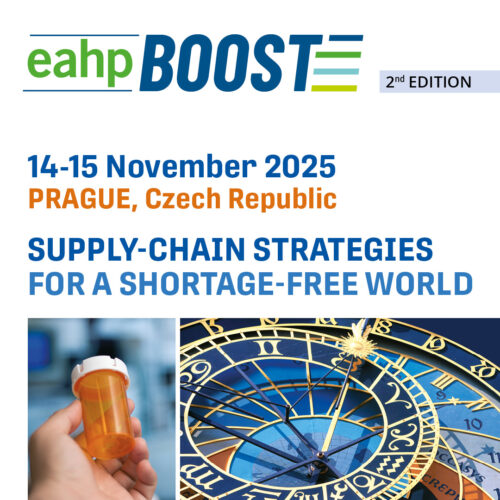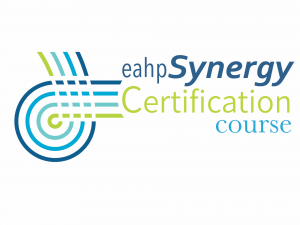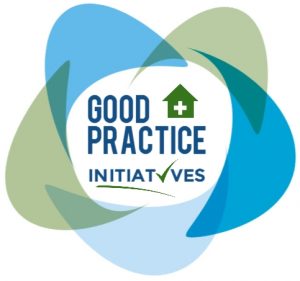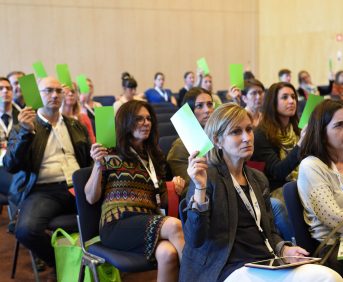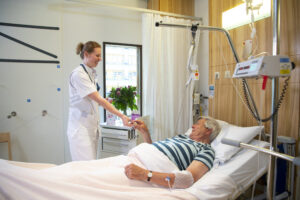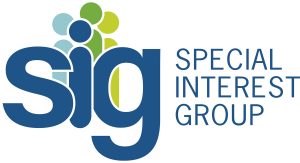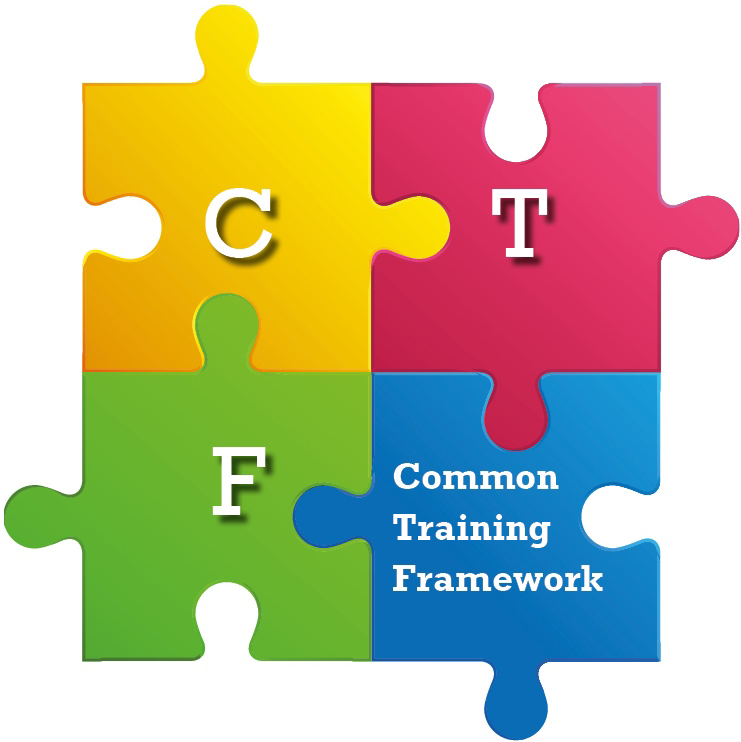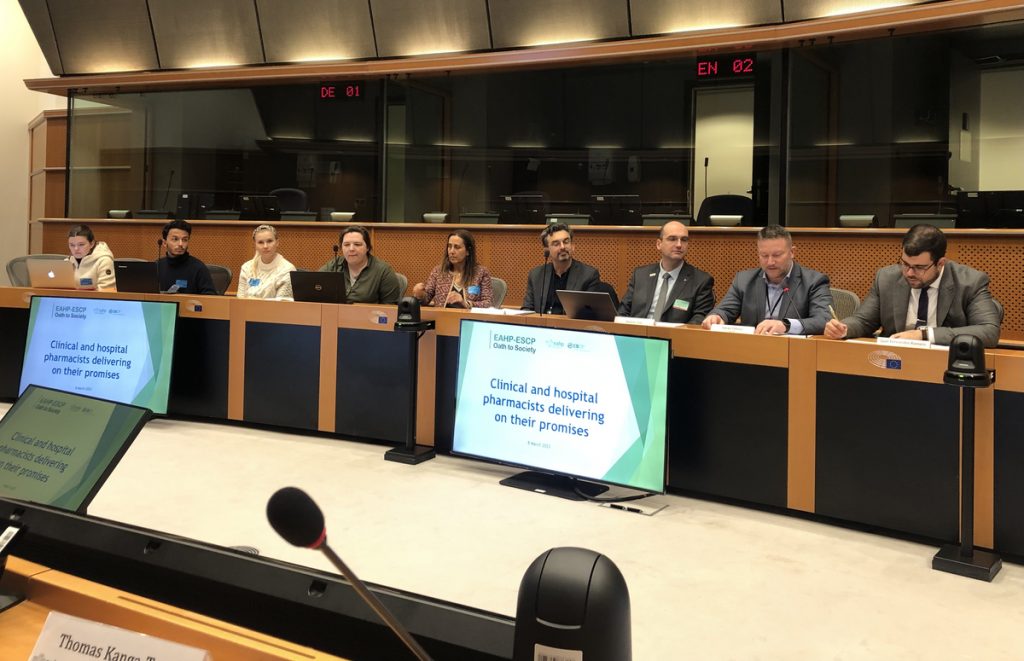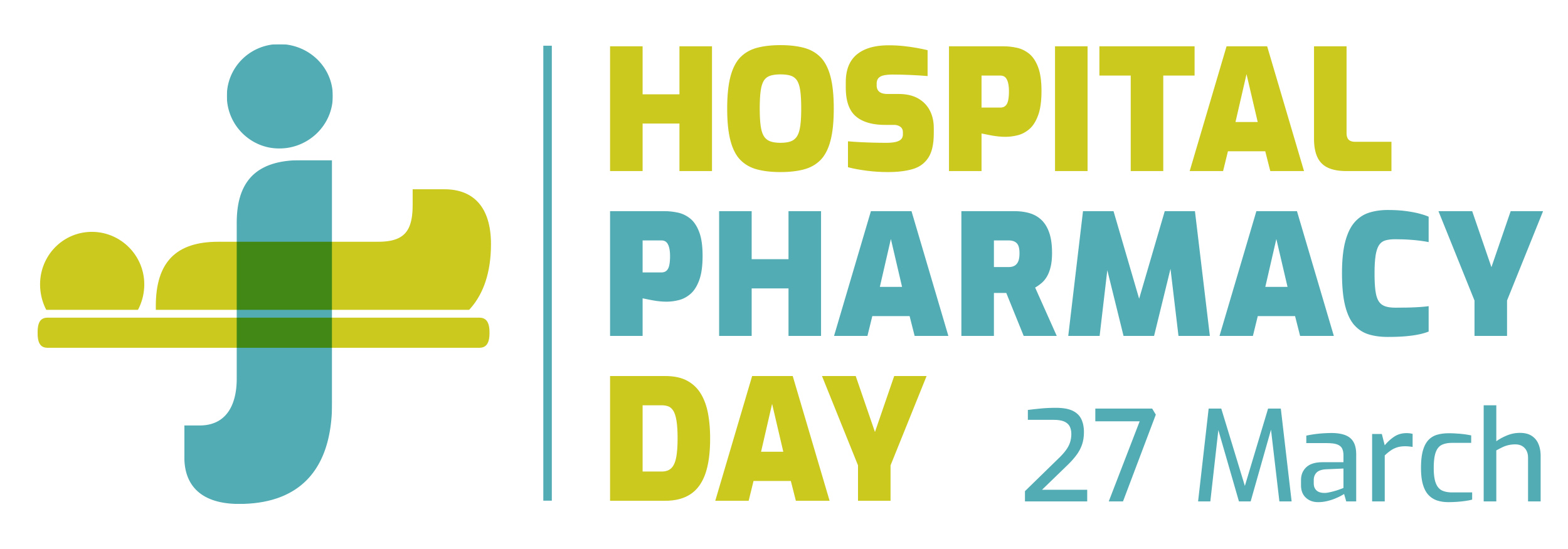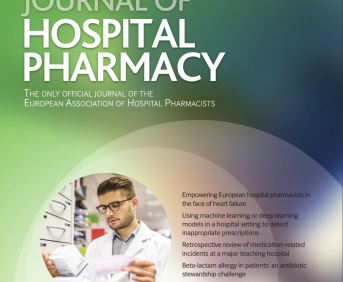Link to EAHP Statements
- Section 1 – Introductory Statements and Governance: Statements – 1.1, 1.6
- Section 2 – Selection, Procurement and Distribution: Statements – 2.3, 2.7
- Section 4 – Clinical Pharmacy: Statements – 4.1, 4.6
- Section 5 – Patient Safety and Quality Assurance: Statements – 5.1
ACPE UAN: 0475-0000-23-013-L04-P – A knowledge-based activity
Abstract
There is much value and many benefits of having meaningful lay (patient) involvement in decision-making bodies about medicines. However, the intrinsic benefit of the lay perspective is its ability to ensure decisions are anchored in real life.
There are many ways to gather information about patient and public views to inform decision making on prescribing committees, health technology assessment or guideline development. These include using research findings and involving people through various methods of engagement to incorporate advice and feedback. In September 2021, the Guidelines International Network (GIN) Public Working Group launched an updated methodological toolkit with practical guidance and best practice examples to support organisations to encourage meaningful lay involvement. This session will showcase the value of lay people as members of these committees and, through case studies, will illustrate the significant advantages of meaningful lay participation beyond the usual guideline development arena.
Learning objectives
- To demonstrate the intrinsic value and positive impacts of having patient and public involvement in decision making about medicines
- To present international case studies that highlight the key factors of successful patient and public involvement showing how different methods have been used successfully
- To signpost to a range of methods to involve the lay perspective
Educational need addressed
- Recognise the value of having meaningful lay involvement in prescribing committees
- Identify the principles of recruiting lay members and incorporating patients’ views
Keywords
Cultural diversity, evidence-based medicine, health literacy, inter-professional collaborative practice, National Guidelines
